There is an animal that has existed in the world for more than 500 million years and is also a magical animal that is immortal. When they are threatened, sick, or old, it will revert its cells to the polyp or puberty stage and then form a new one. Polyp colonies. Arguably creating a younger version of yourself that will grow up to be identical to its mature form.
What I am most concerned about here is whether if I eat them regularly, my genes will change and I will have this magical ability. I instantly thought of "Wuxin" in Master Wuxin, who seemed to have this ability.
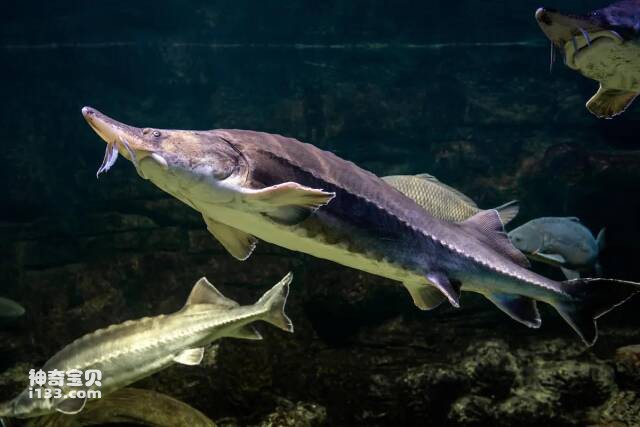
15. Sturgeon-100 million years ago
Sturgeons have been around for 100 million years and are found in both fresh and salt water environments. There are over 25 different types in the temperate regions of the Northern Hemisphere.
Some of the world's best caviar is harvested from sturgeon, putting some species at risk of extinction. Lampreys use them as a blood food source, but because they are so large they rarely encounter predators. The largest sturgeon weighs more than 450 kilograms
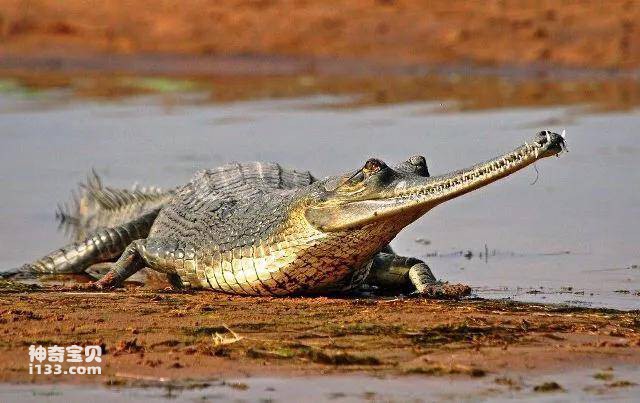
14. Crocodile-200 million years ago
Crocodiles have been around for 200 million years, living in the murky, slow rivers of the Indian subcontinent. Their range has shrunk dramatically and now covers only parts of Nepal and northern India. They are at risk of extinction, and there may be fewer than 100 individuals left in the wild.
They spend most of their time in the water, and they only go to the shore to sunbathe and build nests. They cannot regulate their own body temperature, so they must cool themselves in the sun or in water depending on the outside temperature. These reptiles have more than 100 sharp teeth, although they cannot chew. They bite their prey with their powerful jaws before swallowing it whole.
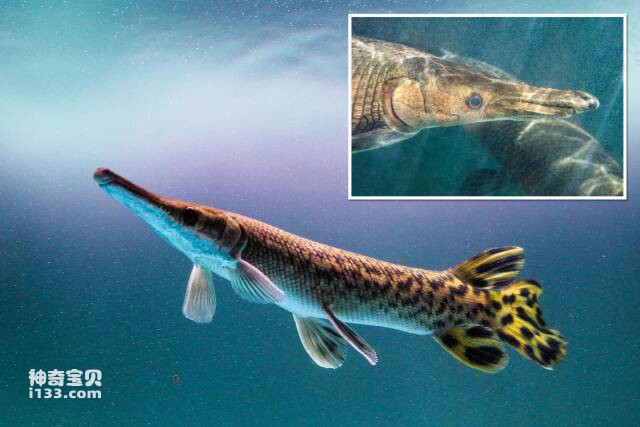
13. Alligator gar-215 million years ago
The alligator gar is a ray-finned euryhaline fish that is related to the bowfin fish. Named for its resemblance to an alligator, the alligator gar is a powerful ambush predator that has been around for 215 million years.
The alligator gar is one of the largest fish species in North America and has been around for approximately 215 million years. They are up to 10 feet long and sometimes weigh up to 300 pounds. Their huge mouths are used to catch prey ambush from below. While they prefer fish such as carp, they will also eat small mammals, birds and turtles if convenient.
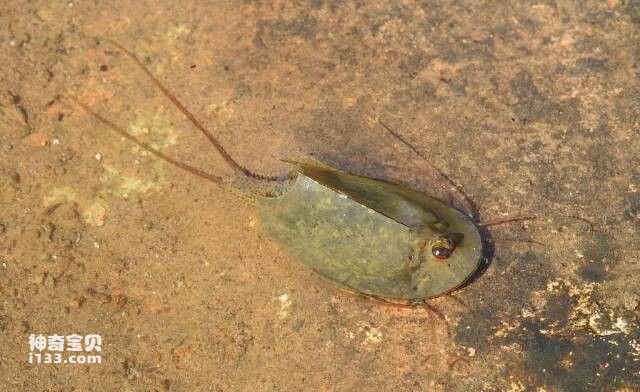
12. Tadpole Shrimp-220 million years ago
Although tadpole shrimp have been on earth for more than 200 million years, they are listed as an endangered species. In 2010, scientists discovered a unique characteristic that gives these animals a chance of continued survival.
Their eggs appear to be able to remain dry and dormant for extremely long periods of time, and still create new life when rehydrated. Dr Larry Griffin of the Wildfowl and Wetlands Trust said, "Now that we know how this strange creature survives, we have realized that there is a good chance that there are many more populations out there".

11. Tuatara-250 million years ago
Another prehistoric animal alive today is the tuatara. The tuatara is a New Zealand reptile that appeared about 250 million years ago. They were somewhere between dinosaurs and today's lizards. They have a unique ancestry and are neither lizards nor dinosaurs.
Scientists are fascinated by them because they provide clues about how snakes and lizards evolved. They are the last of their kind on this planet. They lived long lives and died on average around sixty years old.
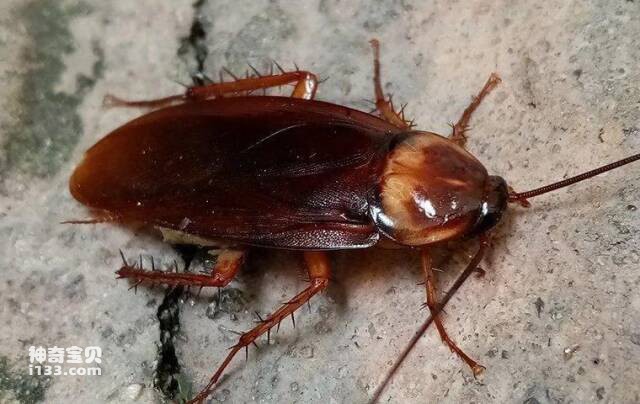
10. Cockroach-280 million years ago
Although cockroaches can withstand 10 times more radiation than humans, they cannot survive a nuclear incident. Cockroaches can go without water for a week, without food for a month, and they can survive for a week without a head because their open circulatory system allows them to breathe through small holes in various parts of their body.
They died just because they couldn't drink water without a mouth. There are more than 4,000 species of cockroaches in the world, and they can be found on every continent except Antarctica. Cockroaches are believed to have originated during the Carboniferous period 280 million years ago, meaning some species even predate the dinosaurs. For example, the Madagascar hissing cockroach is known as a living fossil because of its striking resemblance to prehistoric cockroaches.
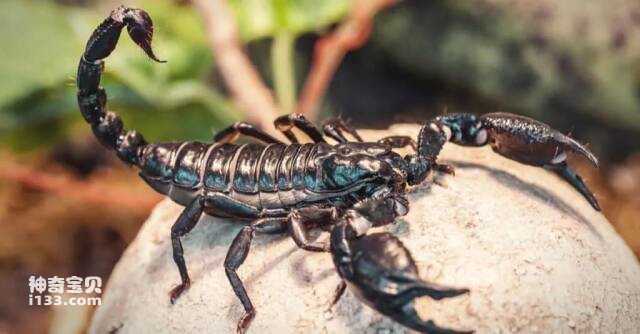
9. Emperor Scorpion-300 million years ago
At almost eight inches long, the emperor scorpion is one of the largest scorpions in the world. They are also living fossils that have existed for 300 million years.
They live in West Africa and are usually found in tropical rainforests, although they are sometimes found on the savannah. Because their venom is mild and non-aggressive, they are a popular choice in the exotic pet trade.
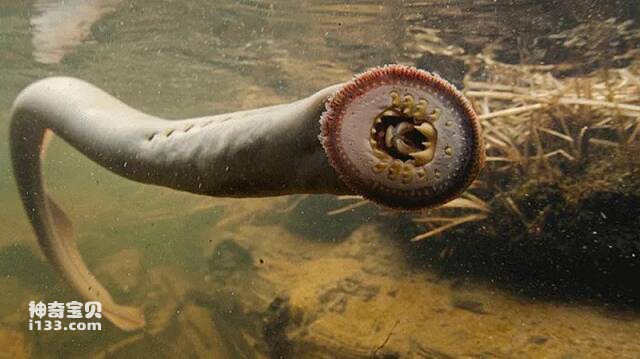
8. Lamprey-340 million years ago
Lampreys are vertebrates that have existed for at least 340 million years. Instead of a jaw, they have a toothed sucker as a mouth. Although they look like eels, they are not related. Sea lampreys can attach themselves to fish so that they can feed on their blood.
Sea lampreys spend most of their lives in the ocean, although they do travel across rivers and lakes to mate. They catch fish so they can consume their blood. Lake sturgeon, salmon, lake trout, northern pike and walleye are common targets.

7. Chinese giant salamander-360 million years ago
The giant salamander, commonly known as the giant salamander, is the largest salamander on earth and has existed for about 360 million years. It is also the largest amphibian in the world and can even grow larger than some humans, reaching over 50 kilograms and 20 meters in length.
These giant salamanders were once widespread in the cold mountain streams of China, but due to poaching for food and traditional medicine, there are now almost none left in the wild and they are critically endangered. The "largest" giant salamander in the country lives here in Zhangjiajie. It has lived for more than 200 years and is the patron saint of Zhangjiajie.
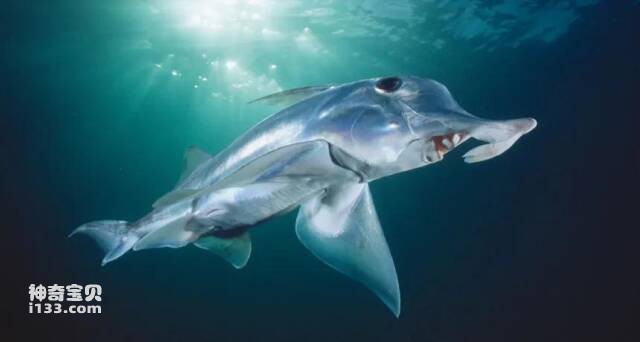
6. Australian ghost shark-400 million years ago
The Australian ghost shark, also known as the elephant fish, has been around for about 400 million years. Although they are closely related to sharks and have cartilage like them, they are not sharks.
Ghost sharks are bottom fish, which means they live near the ocean floor. They dive deep into the ocean, thriving at depths of 600 to 5,000 feet below the surface. They are solitary animals that spend their days searching for shellfish, molluscs, shrimp and other small prey on the seafloor.
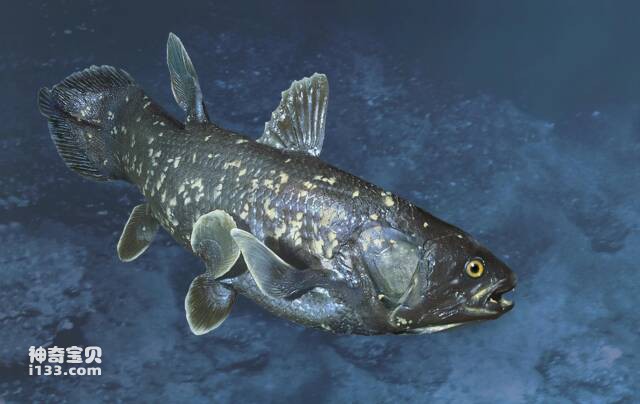
5. Coelacanth-410 million years ago
The coelacanth is a lobed fish that has been around for about 410 million years. They are deep-sea fish that live about 2,300 meters below sea level. It is one of the earliest examples of jawed fish.
Their brains are small, occupying only 1.5% of the space in the cranial cavity, and the rest of the space is occupied by fat. In 1938, scientists rediscovered the species after it was thought to have become extinct millions of years ago.
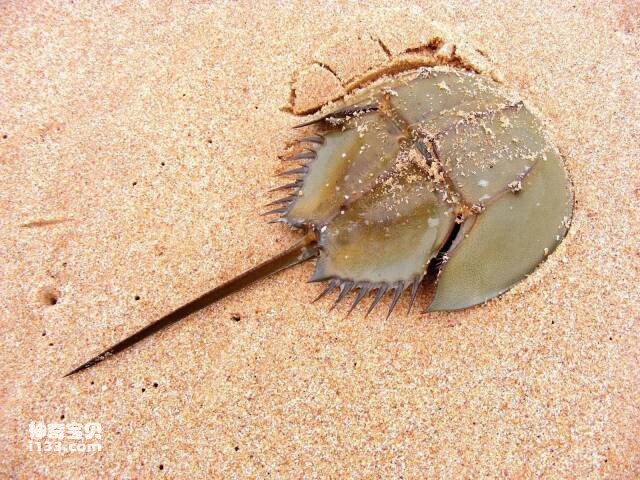
4. Horseshoe crab-445 million years ago
Horseshoe crabs have changed little in 445 million years. They are not crabs and are more closely related to spiders and scorpions. These animals have ten eyes, but they still can't see clearly.
Historically, some people in Southeast Asia often ate horseshoe crabs. Their popularity in food has declined over the past few decades. The animals are used as bait, greatly reducing their numbers in some areas.
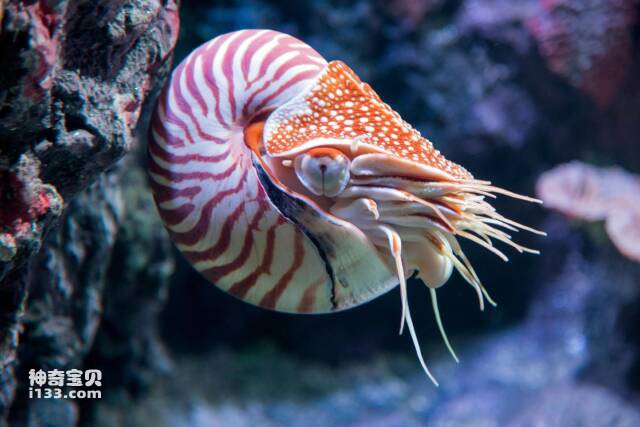
3. Nautilus-500 million years ago
500 million years ago, that's when the nautilus called our planet home, surviving all the major extinctions that hit the reset button on life around the world. But now the nautilus is in danger of extinction.
Why? Because humans like cool shells. People harvested nautiluses because they valued their unique shells and used them for decoration. But we overfished them almost to extinction. Where once a person could catch hundreds of fish a day, now he may only catch one or two.

2. Jellyfish-500 million years ago
Jellyfish are invertebrates that have existed on earth for at least 500 million years. Today, there are more than 4,000 species of these animals in the world's oceans, but there may be many more yet to be discovered. Jellyfish sometimes gather in huge swarms called blooms.
There are some special beings among jellyfish, such as the "lighthouse jellyfish", which may be immortal. When threatened, sick or old, it will start a process to revert its cells to the polyp or puberty stage, and then form a new one. of polyp communities. Basically, create a younger version of yourself that will grow up to be identical to its mature form.
Ps: I just want to know, if I eat more of this, my genes will also mutate?
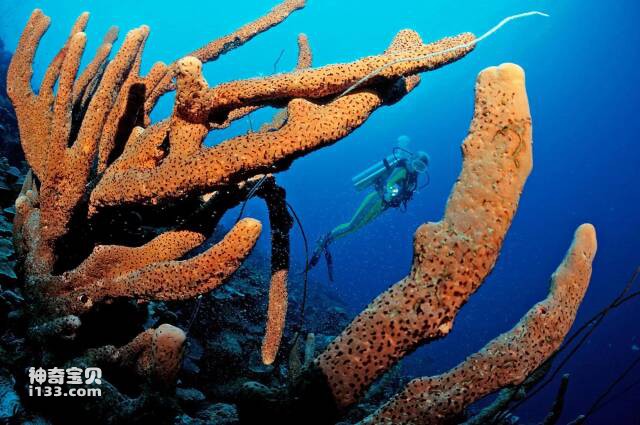
1. Sponge-760 million years
It's unclear exactly how long sponges have been around, but they are at least old enough to be the oldest living organisms on Earth, outside the realm of microorganisms such as bacteria.
The oldest evidence of a sponge found was a fossil found last year in a 760-million-year-old rock. This beats the previous record for the oldest aquarium/sea-sponge.html">sea sponge fossil, discovered in 2009 and dating back 635 million years. There may be even older fossils yet to be discovered. But finding an older species is unlikely because these simple creatures appear to be the ancestors of more complex life, including the first multicellular animals.
animal tags:
We created this article in conjunction with AI technology, then made sure it was fact-checked and edited by a Animals Top editor.